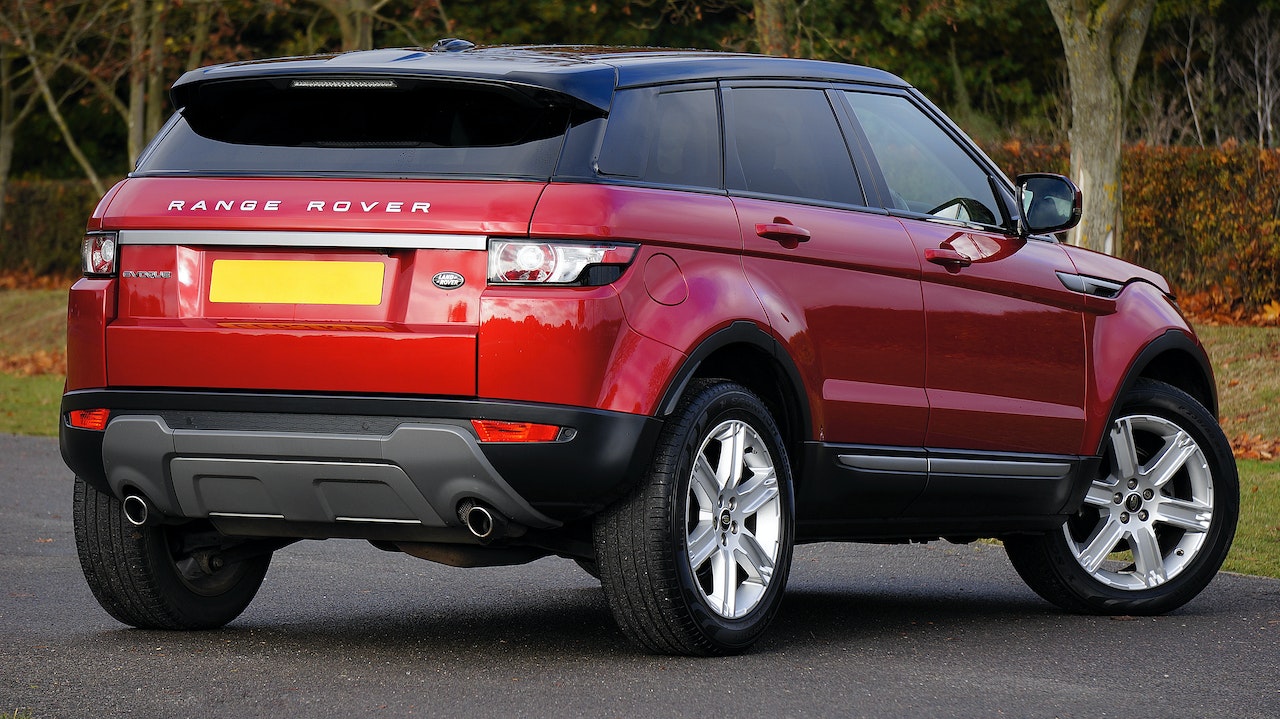How to Make a High Mileage Car Run Like New

Maintaining a high mileage vehicle may seem daunting, but with proper care and some extra TLC you can get it back to like-new condition.
The term “high mileage vehicle” can often be mistaken for an old, run-down clunker, but today’s vehicles are built better than ever before and will continue to provide reliable performance well past 100,000 miles.
Get Regular Oil Changes
High mileage cars experience significant wear and tear on their engines, so regular oil changes are an essential part of keeping it running smoothly and preventing seizing up.
There is no set schedule for getting regular oil changes, but if your vehicle has been driving for 75,000 miles or more, then switching to high mileage oil might be beneficial. This oil has been specifically developed for cars with this much mileage and can extend the life of your engine parts.
This blend contains various antioxidants, detergents and additives to reduce engine wear and friction while minimizing sludge accumulation. Furthermore, it shields aging seals and gaskets against leaks that could result in costly repairs.
Modern vehicles typically need an oil change after 5,000 to 7,500 miles, depending on your driving habits and conditions. While this is generally considered a reliable guideline for most drivers, the amount of time can differ between vehicles.
Check Your Tires
Tires are one of the most costly and vital components of any car. Maintaining them in optimal condition not only keeps your ride secure, but it also saves you money on replacements in the long run.
Regular inspections help determine when to buy new tires and prevent issues like flats, under-inflation or blowouts. If you notice any changes in tread depth or cuts/bumps on the sidewalls, it’s time for replacement.
Tread depth is another important indicator of when to replace your tires. A cost-effective and convenient way to check is placing a penny head first into several tread grooves; if the top of Lincoln’s head can be seen, your treads are shallow and worn down.
Modern tires feature “tread wear bars,” which serve to give an indication when it’s time for replacement. If these bars are flush with adjacent ribs, your tires have less than 2/32″ of tread left.
Change Your Wiper Blades
Wiper blades are an essential part of your vehicle’s exterior. They help clear away rain, sleet and snow for improved visibility.
Over time, your wiper blades may deteriorate due to various causes. UV rays from the sun, tree sap, road grime and grime all play a role in diminishing their effectiveness.
When this occurs, it’s time to replace them. They’re easy to swap out and only take a few minutes of your time.
Check Your Brakes
Your brakes are an often-overlooked component of your vehicle that should be regularly checked for wear and tear. Regular maintenance on these vital parts will extend their lifespan and ensure they function at peak performance.
When inspecting your brakes, one of the first things you should do is look at your brake pads. Many vehicles allow for viewing brake pads through their wheels; however, if not, then you may have to remove them in order to get a good view.
Your brake pads should be at least 1/4 inch thick. If they are less, it’s time to replace them!
Another indication that your brake pads need replacing is if they start making noises. Squealing or grinding noises are typically indicative of how quickly a pad may wear out and should be replaced.